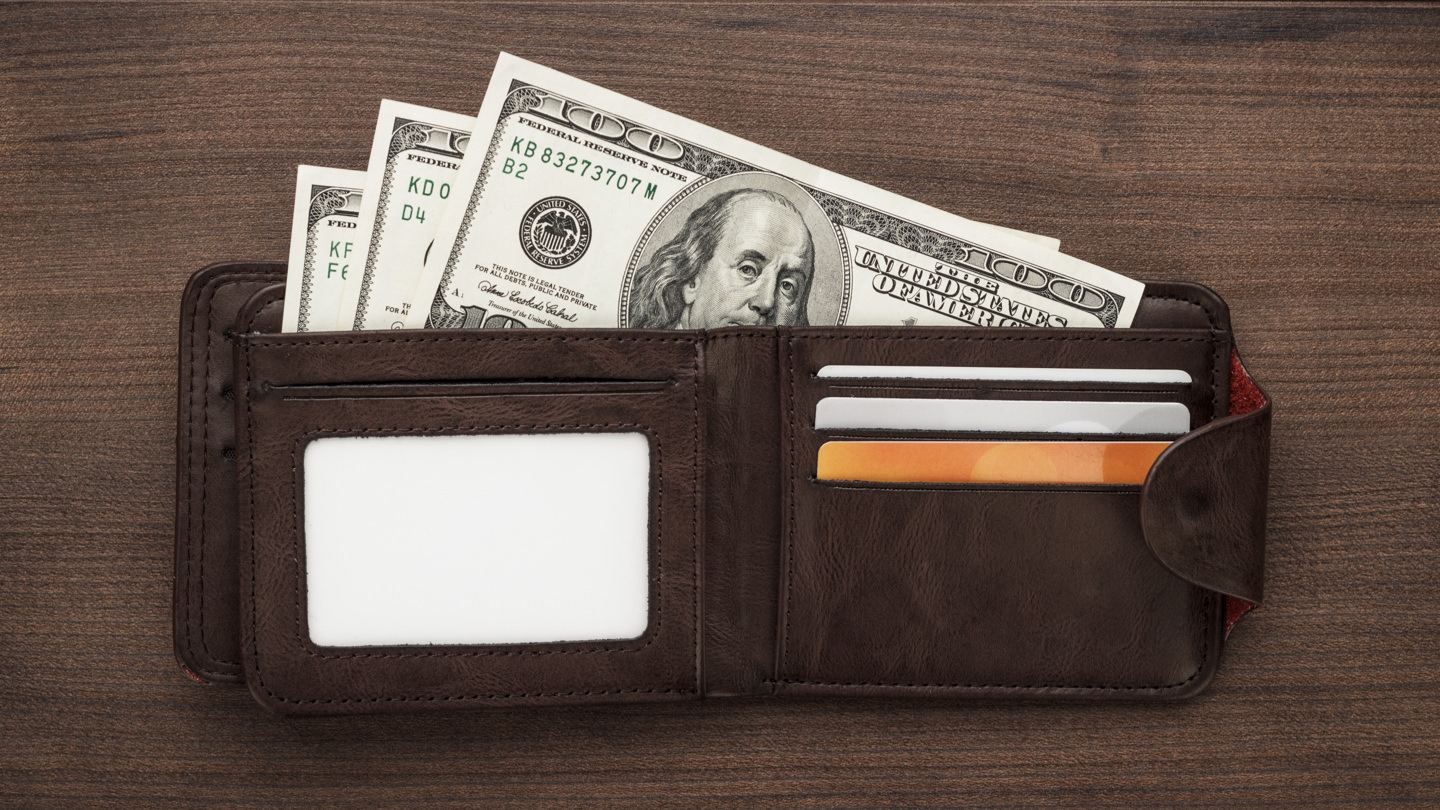If you care about money, listen up. Hundreds, to even thousands of dollars could be hiding in your credit score! How? Good to exceptional credit may qualify for you the best terms and low-interest rates on a variety of popular purchases. This blog takes a look at the shocking price tag differences between good credit and bad credit.
What is considered a good credit score?
According to Experian, credit scores range from 300 to 850. At a glance, scores are categorized into the following buckets. Let’s start with the basics.
- Very Poor: 300 – 579
- Fair: 580 – 669
- Good: 670 – 739
- Very Good: 740 – 799
- Exceptional: 800 – 850
To help you get the best deal possible on a new line of credit, borrowers should strive to maintain a credit score between the good to exceptional ranges shown above (see my $0 credit score).
How your credit score impacts price
Among other factors, lenders heavily consider your credit score to determine whether or not you are a good candidate to loan money to or provide services for. When it comes to items such as a mortgage, auto loan, or credit card, your score will be an essential part of the approval process. But here’s where the real money comes in. If approval is granted, your credit will also help determine the interest rate and terms you may be offered. As a general rule of thumb, the higher your score, the more likely you are to qualify for a financially favorable deal. In comparison, poor credit could wind up costing you significantly more money over time. From unnecessary deposits to skyrocketing interest rates, bad credit can hit your wallet pretty hard.
How much money could good credit save you?
Depending on the purchase, the price difference between good credit and bad credit can add up to a large chunk of change. Just how large? Let’s run the numbers on a handful of common purchases. *Please note that the examples shown below are based on general estimates and are hypothetical examples provided for illustrative purposes only. Depending on your specific purchase, lender, and other unique factors, your individual results may vary.
Auto loan
According to Kelley Blue Book, the average car price is around $38,378. A borrower with exceptional credit may qualify for a low-interest rate of around 4% or lower. Meanwhile, a consumer with poor credit may see an interest rate at 14% or higher. When you add up the extra costs over the life of a 60-month loan, the borrower with exceptional credit would end up paying about $4,029 in interest, while the borrower with a bad credit would pay a whopping $15,201 in interest for the exact same vehicle! That’s a difference of $11,172 either in or out of your pocket because of credit. Next, let’s take this concept and spread it over a few other common purchases that typically rely on credit.
Auto insurance
- Premium rate example with good credit: about $1,550 annually
- Premium rate example with bad credit: $2,000 or more annually
- Savings of a good credit = $450
Mortgage
- Average home price on Zillow: $269,069K
- Example interest rate on a 30-year fixed loan with good credit: 3% or $139,317.00
- Example interest rate on a 30-year fixed loan with bad credit: 4.5% or $221,731.00
- Savings of a good credit = $82,414.00
Personal loan
- Loan amount: $50K
- Example interest over 60-months with good credit: 6% or $7,998
- Example interest over 60-months with bad credit: 20% or $29,482
- Savings of a good credit = $21,484.
If we add up all of the extra interest costs above, simply having good credit could end up saving a borrower in these scenarios $115,520 in unnecessary fees. Yikes!
Why it PAYS to have good credit
In addition to the general price differences between good credit and bad credit, having favorable credit could also pay you money! Here’s how. If you qualify for a rewards-based credit card, the incentives tied to its use could add up to some big bucks! Cash-back rewards, travel perks, and even free gifts are a great way to potentially earn money just by making everyday purchases. As with any credit card, annual fees, and interest rates (even if they are low) may still apply. With this in mind, always read the fine print to determine if a rewards-based credit card is right for you.
In summary
By now, it’s no secret that the price tag differences between good credit and bad credit are quite substantial. As we’ve learned, not only can good credit potentially save you thousands of dollars over time; it could also help you earn profitable rewards if used responsibly.
Resources:[https://www.experian.com/blogs/ask-experian/credit-education/score-basics/what-is-a-good-credit-score/] [https://mediaroom.kbb.com/2020-08-03-Average-New-Vehicle-Prices-Up-2-Year-Over-Year-in-July-2020-According-to-Kelley-Blue-Book][https://www.experian.com/blogs/ask-experian/auto-loan-rates-by-credit-score/] [https://www.coverage.com/insurance/auto/credit-and-car-insurance/] [https://www.zillow.com/home-values/][https://www.myfico.com/credit-education/calculators/loan-savings-calculator/][ https://fiona.com/]
Disclaimer: The scenarios above are generalized estimates and are for illustrational purposes only. Individual approval, the exact price, interest rate, and terms you may be offered, will vary. ScoreShuttle does not give financial advice or guidance on credit improvement. Always be sure to do your own research before making any financial decision.
Links to third-party websites are provided for convenience only. ScoreShuttle does not endorse nor support the content of third-party links and is not responsible for the content of a third-party website. By clicking on a third-party link, you will leave the ScoreShuttle portal. Privacy and security policies may differ from those practiced by ScoreShuttle.



